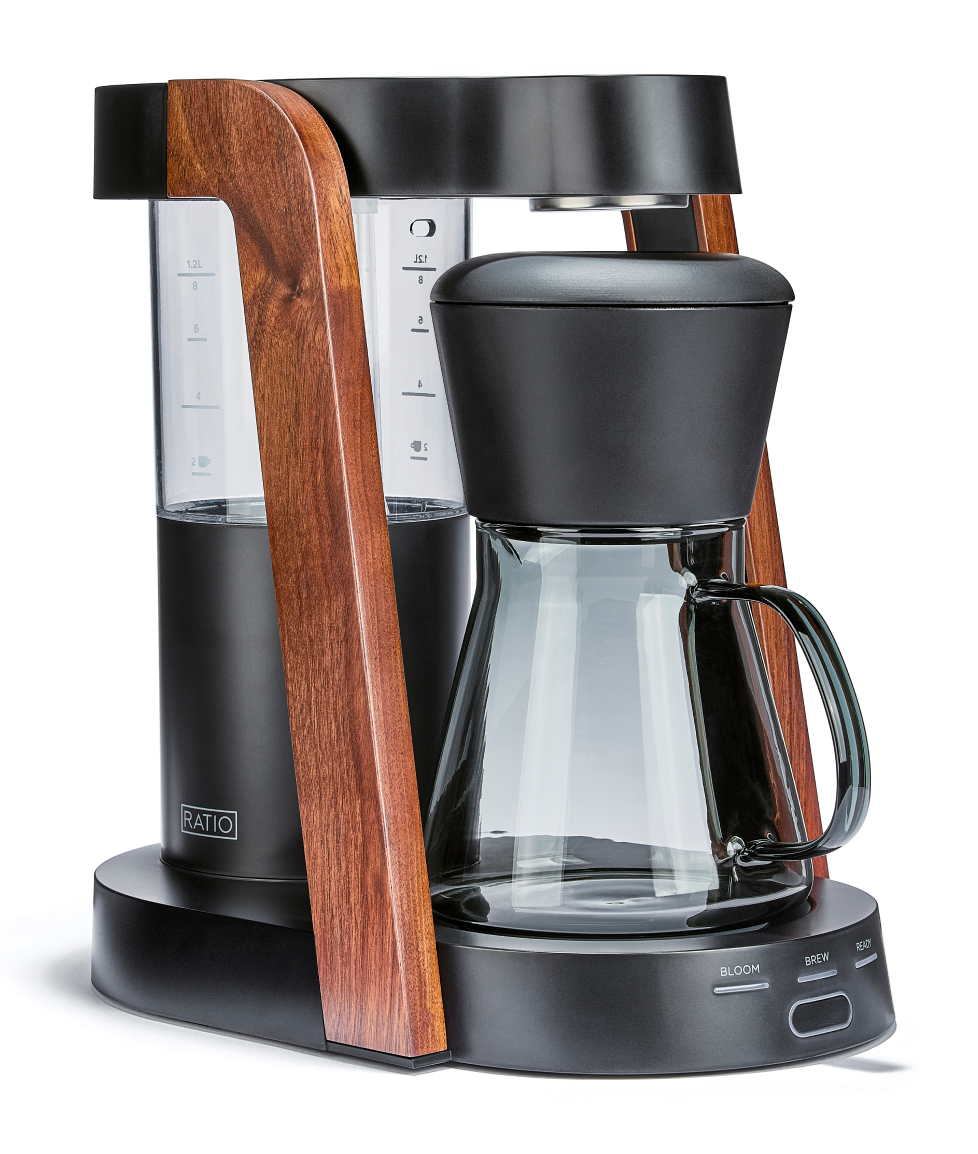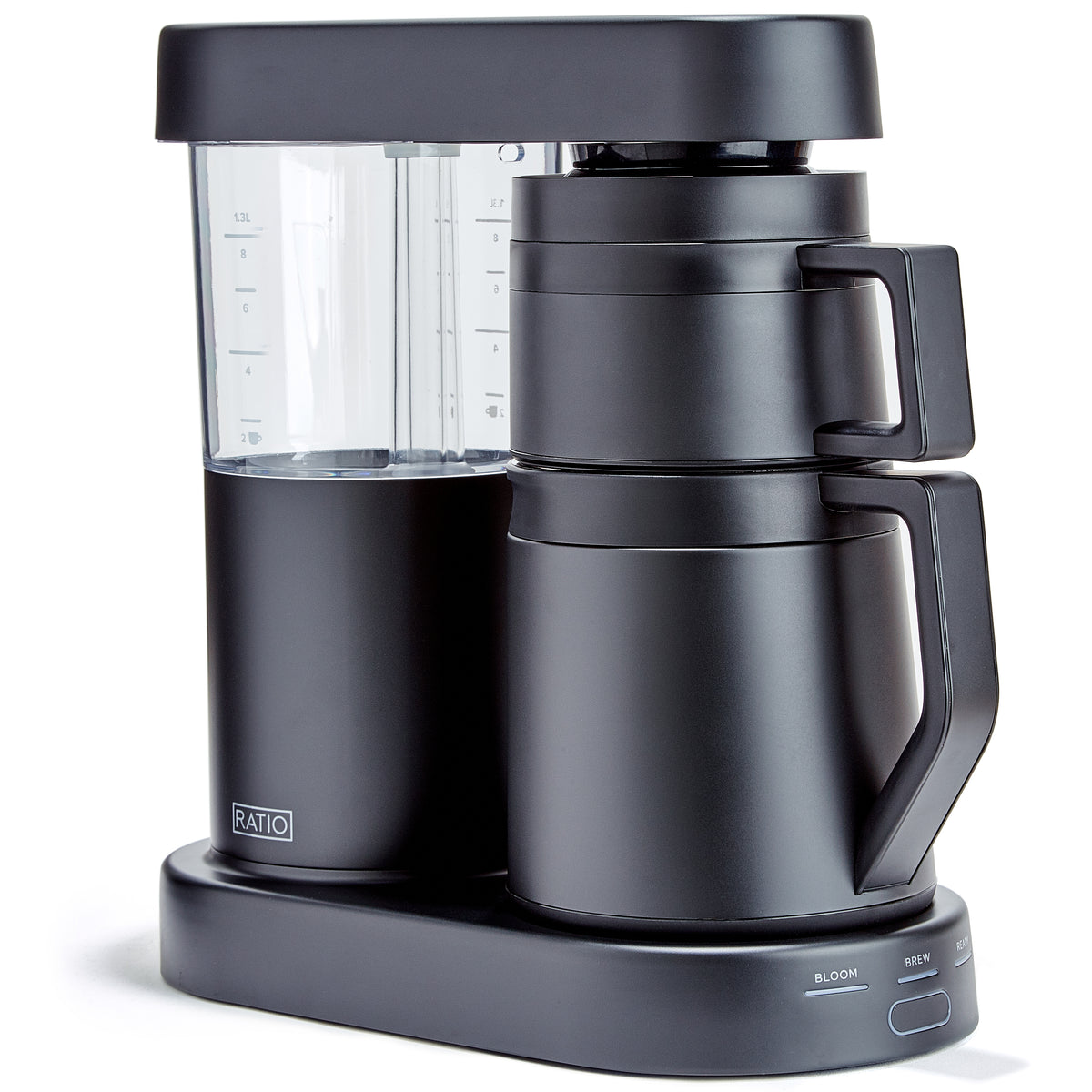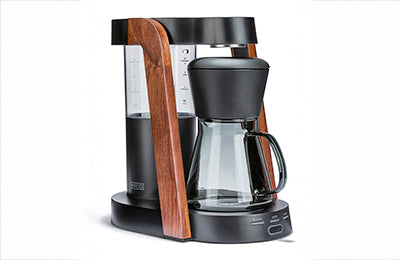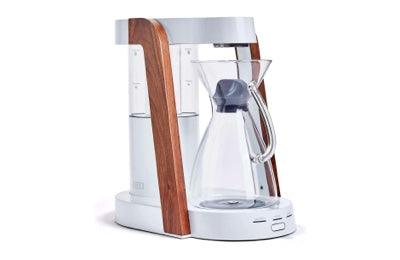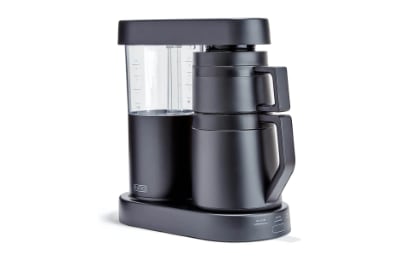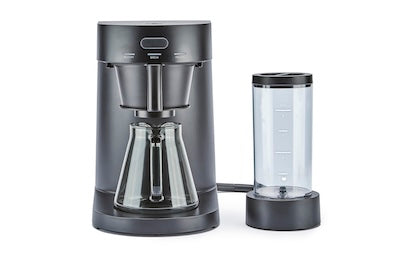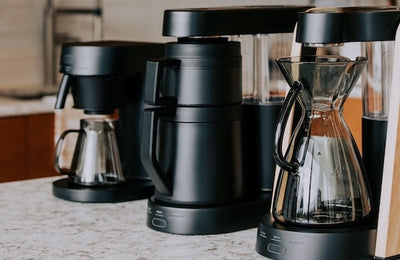Ocean-ography with Jon Way
As the Design Director for Basic—an interactive agency that works with some of the world’s largest brands — Mr. Jon Way is a busy man. Day by day, he helps build innovative digital experiences for companies like Apple, Google, Nixon, and Under Armour, to name a few. But when he’s not behind his desk, you’ll likely find him behind his lens, far away, floating atop a surfboard on the waves of Hermosa Beach.
Appreciating the beauty of such a place is common. Likewise is the respite of its rhythms. But as a surfer and self-taught photographer, few have the eye and talent to capture the coast with such sovereignty like Mr. Way. From the gritty textures of rock and sand to the backlit brilliance of glassy, rolling waves, Jon’s intimate vision of land and sea—and those that play amidst its power—is a marvel.

Tell us about the creative background of your youth. What inputs helped develop your creative perspective today?
I’ve always wondered where the creative drive in me originated, but I ultimately believe it was my parents who helped develop it in very different ways. My dad and I used to sit on the floor in the living room and draw things around the house—splitting a page where I would draw my version and he would draw his. He had a loose style of sketching that helped push the idea in me that there isn’t a singular way to create—it’s ok to have your own spin on things. I believe that jump-started the left side of my brain to embrace creativity as a form of free expression not bound by strict rules.

To supplement that, my mom was a piano teacher who made a capable piano player out of a reluctant teenager. This got me comfortable getting my creative output in front of people; something that isn’t always easy. She also taught me about finesse—you can guide people’s focus and change the mood purely in the execution of the same notes. That’s a guiding principle I find in my photography today.

You certainly have a unique perspective through the lens.
I’m generally someone who keeps to himself, and that leaves me with a lot of time to think and observe my surroundings. To me, the most interesting things to photograph aren’t the marquee landmarks where anyone with a camera can get a great shot. The more gratifying and interesting shots are the ones people don’t expect. I’m not saying I see the world differently than everyone else, I’m just inherently going to search for alternative perspectives when possible.

What is your perfect day?
Needless to say, a perfect day starts with a cup of coffee to get things going. I’m really not someone who sleeps all that much, and I relish keeping productive, so coffee is a great conduit to make that happen. After that, I’d do something in and around the ocean. Whether it’s surfing or taking pictures, I wouldn’t have a preference. Getting in the ocean is calming—what I’m doing isn’t as important. After that, there would likely be some mexican food, time on the couch, and maybe a nap. I’m not one of those people who says, “Even if I won a billion dollars, I’d show up for work on Monday.” My yacht would be parked somewhere in the south pacific with perfect waves on hand and no connection to the outside world. I would return to some sort of productivity after a time, but definitely on my own terms.


Why Ratio?
Before my Ratio, I was making coffee via french press. I got pretty good with it, but always loathed the cleaning process. So I wanted something that made delicious coffee (and more of it), that was easy to clean up.

I’ve come to live by the philosophy that if you’re buying something you’ll use regularly, you should purchase what you really want instead of compromising (within reason, of course). I drink coffee almost every day, and I feel it literally fuels my creativity, so I didn’t want to purchase something I wouldn’t be happy with. My friend Joe, who is by far the most knowledgeable coffee-drinker I know, introduced the Ratio to me as the coffee maker of his dreams—that it is “going baller status” with a pour-over machine. After some research and looking at tons of options, the Ratio was a pretty clear choice.


Beyond brewing a delicious cup of coffee, the Ratio is the culmination of a lot my values around simplicity and attention to detail. From the unique yet simple form-factor, the quality materials used, thoughtful design, and the general simplicity in the fact that it just works—the fit was too good to ignore.


Why photography?
Photography is tailored to my personality. As an introvert, I observe my surroundings and, while I could explain to people what I’m seeing, I’d rather show them and let them deduce their own thoughts from it. That's how it started, at least. Over time, I’ve come to appreciate photography as a craft I want to refine and get better with. New techniques and better ways of communicating my vision of the world.

Freedom of expression is also so satisfying. I work primarily as a design director for an interactive design agency, and there’s tons of process, structure, and analysis of every creative decision. For a very good reason, too. And while that process is satisfying in a different way, it’s a creative output for others’ gain. Design is for others, art is for yourself.
Why surfing?
Surfing has always been a grounding force in my life. I’m a very introverted person, so when I can spend time out in the ocean, there’s a calm brought over me that I can’t find elsewhere. It’s just as much about the time between getting waves as it is actually riding one.
As photography has taken more priority in my life, it was natural to combine my two passions and shoot waves and surfing. Surfing and the ocean also offer a variability I haven’t been able to find elsewhere. It’s always moving and changing, and you can go out to the same spot every day and never see the same thing twice.

What kind of legacy do you hope to leave behind?
If I were to have a legacy, I hope it’s something positive about being able to forge your path by embracing your own creative style instead of following what’s already out there. As I’ve found in design, creatives (including myself) grapple with the unknown, and that lack of definitive answer to what is creatively “good” or “bad.”

People have a sense of discomfort around unknowns, so they cope with them by defining paths as right or wrong, and ordaining people who have supposedly “found” definitive answers. I’d love to have some part in undercutting that notion. I was driven to photography as a free medium to express myself without rules or constraints, and I want people to know how much more satisfying that creative independence is (even if it doesn’t get likes on the ‘gram). If the resulting work from adhering to this ideal is something noteworthy and has a place in my legacy, then that’s just gravy on top.
---
All photos in this post by Jon Way. See more of Jon’s design and photography work on his website or follow along on Instagram.
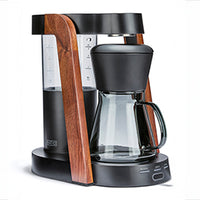 Ratio Eight S2
Ratio Eight S2
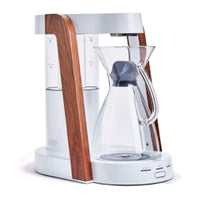 Ratio Eight Original
Ratio Eight Original
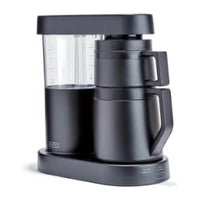 Ratio Six
Ratio Six
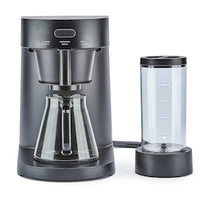 Ratio Four
Ratio Four
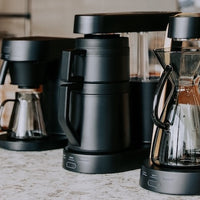 Compare Machines
Compare Machines
